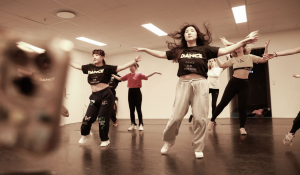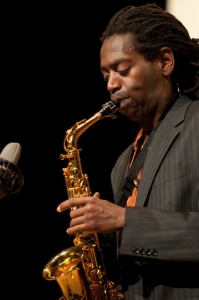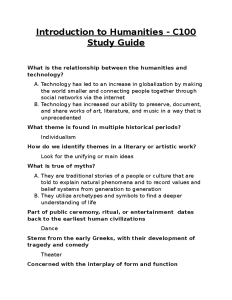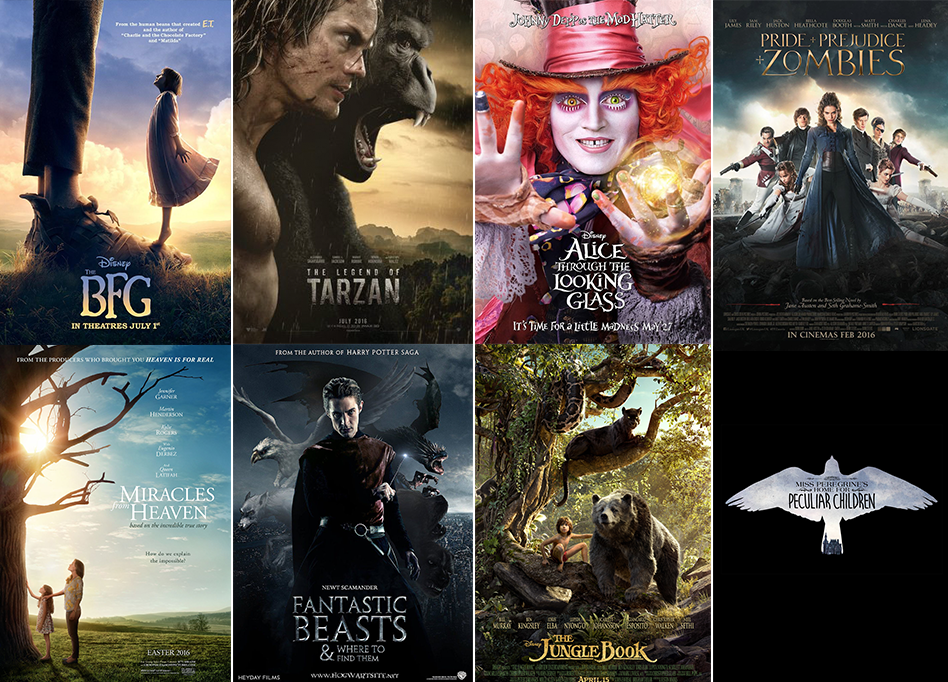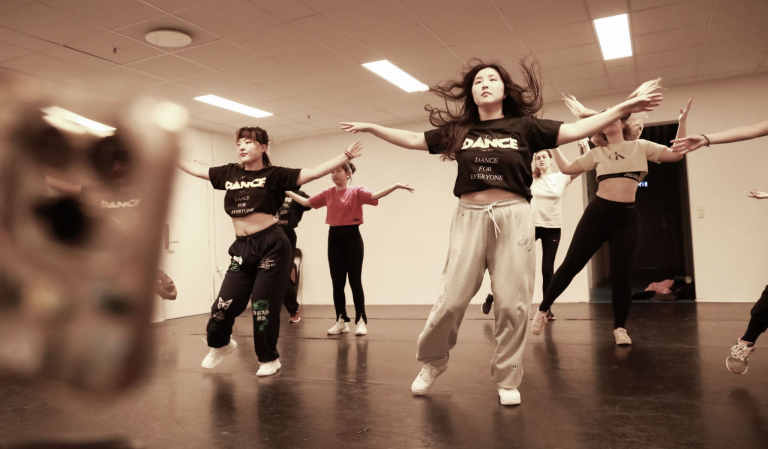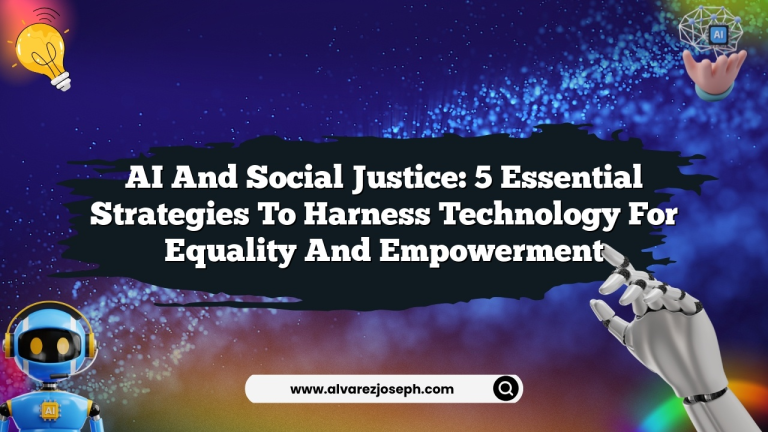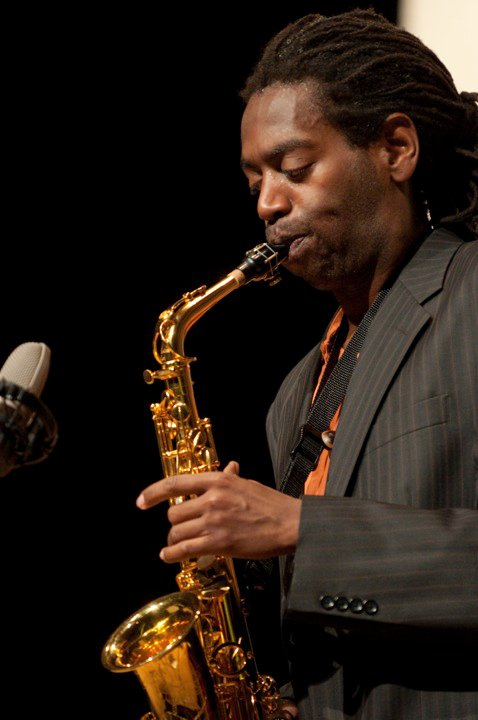Film adaptations of books have long captivated audiences, igniting debates about the merits of storytelling across different mediums. While some ardently proclaim “the book was better,” others delight in seeing beloved characters and plotlines brought to life on the silver screen. From thrilling horror like Stephen King’s ‘Misery’ to gripping crime dramas such as ‘L.A. Confidential,’ top book adaptations often provide fresh perspectives that can enhance or even elevate the original narratives. As Oscar season unfolds, the spotlight shines on movies based on books that have garnered acclaim, allowing viewers to appreciate the seamless blending of literature to film. Whether they succeed or falter, the best adaptations continue to spark conversations about the art of storytelling and its varied interpretations.
When we discuss the transformation of written works into visual narratives, we delve into the realm of literary adaptations, where stories leap from the page to dynamic cinematic landscapes. The intersection of novels and films invites exploration of various themes, from character development to thematic depth, as creators endeavor to translate the essence of literature into engaging visual experiences. This phenomenon not only draws attention to iconic novels but also highlights cinematic storytelling techniques that breathe new life into these stories. Furthermore, the debate surrounding film versus book adaptations continues to intrigue both audiences and critics alike, revealing the complexities and nuances inherent in retelling familiar tales. Ultimately, the art of adapting literature to film serves as a testament to the enduring power of storytelling.
Exploring the Best Film Adaptations of Literature
Film adaptations of books often spark lively debates among audiences, leading many to wonder which medium captures the essence of a story better. The phrase “the book was better” is frequently echoed in these discussions, but history has shown that some of the top book adaptations have transcended their literary origins to create standalone cinematic masterpieces. Cult classics like ‘Psycho’ and ‘The Godfather’ serve as prime examples where directors have not just recreated the narrative but have expanded upon the themes and character arcs, giving viewers a fresh perspective on well-loved stories.
Despite the common sentiment that books provide a richer depth of character and narrative, there are notable instances where film adaptations have been embraced as some of the best adaptations of all time. In this light, adaptations like ‘The Shawshank Redemption’ or ‘Gone with the Wind’ showcase the beauty of visual storytelling, presenting an opportunity for filmmakers to bring literature to film in ways that resonate with contemporary audiences. As viewers, we can appreciate the art of cinema while recognizing and celebrating the literary brilliance that inspired these adaptations.
The Impact of Film Versus Book Adaptations on Audience Perception
The ongoing discourse surrounding film versus book adaptations often illuminates more than just personal preferences; it exposes how audience perceptions can shift based on the medium of storytelling. Film adaptations allow viewers to engage with narratives viscerally through visuals, sound, and performances, introducing new dimensions to the characters and themes that may not be as apparent on the written page. For instance, adaptations like ‘To Kill a Mockingbird’ not only bring Harper Lee’s beloved characters to life but also underscore poignant social commentary through powerful cinematic techniques.
Conversely, the depth of context provided within the pages of a book often affords readers a more profound understanding of character motivations and backstories, which can sometimes be truncated or altered in film adaptations. This phenomenon demonstrates the inherent differences between literature and film; while literature may delve into the intricacies of thought and reflection, film distills those emotions into visual storytelling. Understanding these differences can shift audience perception, allowing for a richer appreciation of both mediums as unique forms of artistic expression.
Celebrating the Best Adaptations: From Page to Screen
In recent years, several book adaptations have made waves during awards season, reminding viewers of the power of literature transformed into film. Movies like ‘Nickel Boys’ and ‘A Complete Unknown’ have garnered critical acclaim not only for their narratives but also for their fidelity to the source material, highlighting the integrity of storytelling that often gets lost in translation. These adaptations exemplify the nuances of moving from page to screen, as filmmakers strive to balance honoring the original work with crafting a captivating cinematic experience.
Moreover, the emergence of streaming platforms has further revitalized interest in adaptations, giving audiences access to both beloved classics and new interpretations. For example, adaptations of Lee Child’s ‘Jack Reacher’ series have sparked discussions around casting choices and the interpretation of characters, showcasing how different formats can elicit varying responses from fans of the original novels. By celebrating these adaptations, we recognize the creative processes involved in bringing stories to life, affirming that both literature and film hold significant places in cultural discourse.
Top Book Adaptations That Redefined Cinema
The world of cinema has been profoundly shaped by literary works, resulting in some of the most beloved films being adaptations of novels. Classics such as ‘The Great Gatsby’ and ‘Pride and Prejudice’ stand as testaments to the powerful synergy between books and their film interpretations. These top adaptations not only preserve the narrative’s heart but also enhance the emotional and thematic elements through visual artistry and performance, forming connections that resonate with both readers and moviegoers.
However, not every adaptation is equal; the challenge lies in capturing the essence of the original work while making it accessible and engaging for a new audience. Successful adaptations, like those of Stephen King’s ‘Misery’ or James Ellroy’s ‘L.A. Confidential,’ have managed to carve their own identities while remaining faithful to the source material. Such films provide a sense of nostalgia for readers and a fresh experience for viewers, bridging the gap between differing content formats and expanding the reach of literary narratives.
The Artistic Journey of Literature to Film Adaptations
The journey from literature to film is often a complex artistic endeavor fraught with challenges and opportunities for creative interpretation. Filmmakers are tasked with distilling intricate narratives into screenplays that must convey powerful themes and character arcs in a limited timeframe. As seen in adaptations like ‘American Psycho’ and ‘Where Are You Going, Where Have You Been?’, directors sometimes take liberties that reshape the original narrative, leading to discussions about authenticity and artistic expression. Such adaptations highlight the transformative power of cinema, as they can invigorate stories for new audiences.
Furthermore, the success of an adaptation often hinges on the collaboration between the original author, screenwriters, and directors, who work synergistically to maintain the story’s core while envisioning it through a lens suited for film. The nuances of dialogue, character development, and pacing that work in a book may need reinterpretation to resonate within the cinematic framework. As a result, literature to film adaptations can yield remarkable results when executed thoughtfully, allowing the essence of the original work to shine in a new light.
Controversial Casting Choices in Book Adaptations
Casting decisions in film adaptations can often stir controversy among fans, especially when beloved characters from literature are reimagined for the screen. Take, for instance, the casting of Tom Cruise as Jack Reacher, a character described in Lee Child’s novels as physically imposing. The dialogue surrounding this choice highlights the challenges adaptations face when striving to balance fidelity to the source material with the realities of casting in Hollywood. These decisions can ignite passionate debates, revealing the deep connections audiences have to characters they’ve cherished in books.
Moreover, controversial casting can serve as a double-edged sword, where differing opinions can draw attention to the film adaptation. This was the case when adaptations of ‘The Hunger Games’ and ‘The Perks of Being a Wallflower’ faced mixed reactions from readers. While some embraced the new portrayals, others found it difficult to reconcile their preconceived notions with the filmmakers’ visions. Ultimately, these discussions enrich the viewing experience by engaging audiences on multiple levels, prompting them to reflect not only on the narrative but also on the representation of characters they hold dear.
Revival of Classics Through Modern Adaptations
In recent years, there has been a noticeable trend in the revival of literary classics through modern adaptations. Filmmakers are reinterpreting timeless novels to appeal to contemporary audiences, showcasing themes that remain relevant today. Titles such as ‘Little Women’ and ‘Emma’ have been reimagined, placing familiar stories in modern contexts while retaining the charm and complexity that made them classics in the first place. This trend not only introduces classic literature to new generations but also opens up fresh conversations around gender, society, and morality.
Such adaptations also highlight the value of diverse storytelling, as filmmakers increasingly strive to include different perspectives and cultures in their retellings. By breathing new life into classic works, adaptations can provide important commentary on current societal issues, fostering a deeper understanding and appreciation among audiences. This melding of the past and present in literature to film adaptations reveals a continuous dialogue between the two mediums, reinforcing the idea that stories evolve while still reverberating through time.
The Role of Screenplay in Successful Adaptations
The screenplay serves as the backbone of any film, particularly in adaptations where the original text must be condensed and transformed into a visual medium. A well-crafted screenplay maintains the integrity of the source material while weaving in cinematic elements that enhance the narrative experience. For instance, adaptations like ‘The Lord of the Rings’ trilogy exemplify the importance of a strong screenplay, capturing the grandeur of J.R.R. Tolkien’s world while ensuring a cohesive and engaging cinematic journey.
Moreover, adapting a book into a screenplay involves not just cutting dialogue but also reimagining scenes to better suit the pace and flow of film. A nuanced understanding of storytelling allows screenwriters to create impactful moments that resonate with audiences, often shifting the focus from extensive exposition to emotional and visual cues. Thus, the role of the screenplay in successful film adaptations cannot be overstated, as it is the bridge that connects the literary depth of a novel with the immersive experience of cinema.
The Future of Literature to Film Adaptations
Looking ahead, the future of literature to film adaptations appears bright, with a wide range of intriguing novel-to-screen projects lined up for production. As audiences continue to seek engaging narratives, filmmakers are likely to explore not only best-selling books but also hidden literary gems, breathing new life into lesser-known works. Furthermore, the rise of streaming services has made it easier for diverse stories to find their place on screen, allowing for fresh interpretations that prioritize representation and inclusivity.
Additionally, the evolving landscape of adaptations suggests a shift towards a more collaborative approach between authors and filmmakers, fostering a deeper connection that could enrich the adaptation process. As creators become more attuned to audience expectations and the evolving nature of storytelling, we can anticipate innovative adaptations that challenge traditional tropes and masterfully capture the spirit of the original text. The ongoing dialogue between literature and film will continue to inspire audiences, ensuring that the art of adaptation remains a vital part of our cultural narrative.
Frequently Asked Questions
What are some of the top book adaptations worth watching?
Some of the top book adaptations include Stephen King’s ‘Misery’, James Ellroy’s ‘L.A. Confidential’, and Bret Easton Ellis’ ‘American Psycho’. These films not only bring the original stories to life but often provide new insights into the source material, making them must-watch movies based on books.
How do film adaptations of books change the original material?
Film adaptations of books often condense the narrative to fit a feature-length format, which can alter character development and theme exploration. For example, while ‘L.A. Confidential’ remains true to its characters, its plot was significantly edited for cinematic appeal, showcasing how film vs book can diverge while capturing the essence of the narrative.
What are the best adaptations that improved upon the original book?
Some adaptations that are considered better than their source material include ‘American Psycho’, where the film infuses humor and liveliness missing in the book, and ‘Once Upon a Time in America’, which elevates the semi-autobiographical novel through its operatic film style, emphasizing visual storytelling over dialogue.
Why do some say the book is often better than the film?
The phrase ‘the book was better’ arises because film adaptations of books may not fully capture the depth and nuances of the original story. Elements like inner monologues, detailed character backstories, and plot intricacies often get lost in translation, leading to a differing experience when comparing literature to film.
What makes ‘Misery’ a noteworthy film adaptation of a book?
‘Misery’ is noteworthy because it captures Stephen King’s sharp storytelling while translating the intense psychological drama between the characters effectively. The film adaptation, starring Kathy Bates, remains faithful to the plot while showcasing the themes of fame, success, and the writer’s experience that resonate deeply with viewers.
How has the Jack Reacher series been received in film adaptations?
The Jack Reacher series has received mixed reviews regarding its adaptations. While featuring Tom Cruise in leading roles, the films capture the action and suspense of Lee Child’s books, yet some fans feel the physicality of the character doesn’t align with the book’s portrayal. Despite this, the adaptations still succeed in bringing the thrill of the stories to the screen.
What is the impact of literary depth on film adaptations?
The impact of literary depth on film adaptations can be profound. For instance, Joyce Carol Oates’ ‘Where Are You Going, Where Have You Been?’ transitioned from a short story to a film that expands on character dynamics and emotional weight, demonstrating how adaptations can use film’s visual and narrative capabilities to enrich the source material.
Can film adaptations ever capture the essence of the original book?
Yes, some film adaptations can capture the essence of the original book by focusing on thematic elements and character portrayal. For example, ‘L.A. Confidential’ successfully maintains the atmosphere of James Ellroy’s Los Angeles while altering the plot for cinematic pacing, showcasing how a film can pay homage to its literary roots.
What are the challenges of adapting literature to film?
Adapting literature to film presents challenges such as condensing complex narratives, retaining character depth, and staying true to themes. Each medium has its strengths — books allow for deeper exploration of characters’ thoughts, while films must rely on visual storytelling, which can lead to significant adjustments in plot and substance.
Why are some films based on books considered classics?
Films based on books are often considered classics when they successfully resonate with audiences and achieve critical acclaim. The adaptations, like ‘Misery’ and ‘L.A. Confidential’, not only reflect the core story and themes of their literary counterparts but also engage viewers in a fresh cinematic experience, solidifying their status as timeless works.
| Title | Author | Key Themes | Film Version | Adaptation Insights |
|---|---|---|---|---|
| Misery | Stephen King | Kidnapping, the psychology of fame | 1990 film with James Caan and Kathy Bates | Explores deeper themes of writing and fame, some insights lost in adaptation. |
| L.A. Confidential | James Ellroy | Corruption in Hollywood, character development | 1997 film, Best Picture nominee | Captures the essence of the novel while making it accessible for film. |
| Jack Reacher Series | Lee Child | Mystery, heroism in pop culture | Films starring Tom Cruise, Amazon Prime series | Focuses on melodramatic structures and themes more on screen. |
| The Hoods | Harry Grey | Jewish gang life in Prohibition era | 1984 film ‘Once Upon a Time in America’ | Transformational adaptation, operatic style emphasized. |
| American Psycho | Bret Easton Ellis | Consumerism, dark humor | Mary Harron’s 2000 film adaptation | Brings humor to the dark themes, differed from the book’s tone. |
| Where Are You Going, Where Have You Been? | Joyce Carol Oates | Adolescence, identity, horror | 1985 film ‘Smooth Talk’ | Expands character depth and alters original ending for cinematic impact. |
Summary
Film adaptations of books can spark intense debates among audiences regarding artistic merit and fidelity to the source material. While the phrase “the book was better” frequently surfaces, many adaptations offer fresh interpretations that enhance the original narratives. Movies like ‘Misery’ and ‘L.A. Confidential’ showcase how the transition to film can elevate themes and character exploration, often leading to Academy Award nominations. Furthermore, adaptations like ‘American Psycho’ intentionally divert from the original tone to present new perspectives, proving that while literature and cinema are distinct mediums, each can enrich the other in unexpected ways. Ultimately, the value of adaptations lies in their ability to breathe new life into well-known stories, inviting broader audiences to engage with the themes and characters in innovative ways.
